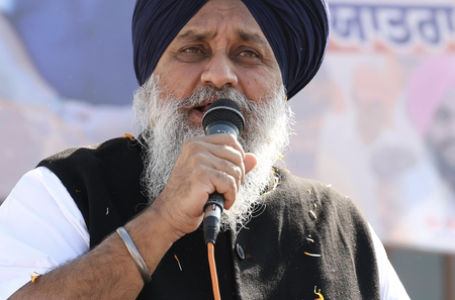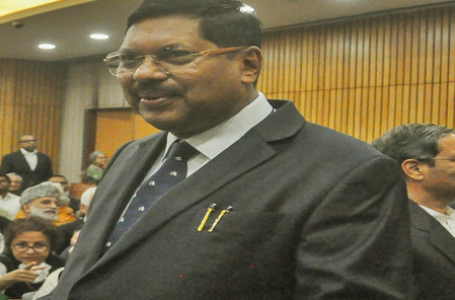
New Delhi: The Government on Wednesday refuted a Reuters report on India’s unemployment rate, saying “the article questioned the reliability of India’s official unemployment statistics on the basis of a perception-based survey of around 50 unnamed economists rather than verifiable data”.
“The article questions the reliability of official estimates without referencing any independent, data-driven empirical analysis. The portrayal of a deteriorating employment scenario in India stands contradicted by robust, credible, and internationally accepted official data,” the Ministry of Labour & Employment said.
The article’s foundation on expert opinions rather than verifiable data raises significant concerns about methodological rigour, it said, adding that there is no disclosure about who these economists are, the basis of their selection, or whether they reflect a cross-section of independent, academic, public, or private sector analysts.
This lack of transparency introduces potential for selection bias and ideological filtering. Furthermore, the article does not clarify if the opinion of the economists is based on rigorous surveys and analysis, the structure of questions asked, the metrics used, or the standards for interpreting data – thus undermining the replicability and credibility of its conclusions. No information is provided on sampling variability, statistical significance, or correlation with macroeconomic indicators, according to the Ministry statement.
It said that while expert opinion can offer valuable insights, it cannot be a substitute for large-scale, representative, and methodologically robust surveys.
In contrast, the Periodic Labour Force Survey (PLFS), conducted by the National Statistical Office (NSO) under the Ministry of Statistics and Programme Implementation (MoSPI), is globally recognised as an empirical and statistically robust source of employment and unemployment data in India. It is based on a large-scale, stratified, multi-stage random sampling framework that covers both rural and urban regions across the country. Since January 2025, the PLFS has transitioned to generating monthly estimates in addition to its existing annual and quarterly outputs, enabling timely and granular tracking of labour market trends, the ministry statement said.
The PLFS methodology is aligned with international standards, particularly the definitions and classifications prescribed by the International Labour Organisation (ILO), such as Usual Principal Status (UPS) and Current Weekly Status (CWS). Its data collection and reporting protocols are consistent with global practices used by institutions like the World Bank, UNDP, and ILOstat, enhancing its comparability with international datasets, it further stated.
The ministry said that what further sets the PLFS apart is its transparency. The NSO publishes detailed documentation, including sampling design, survey instruments, weightings, and margins of error. These are accessible to researchers, policymakers, and international agencies, allowing for independent scrutiny and validation. The survey also captures the seasonality and structural nuances of India’s labour market, reflecting both short- and long-term shifts, including migration trends, the dynamics of urban informal employment, and rural agricultural seasonality.
Internationally, PLFS data is extensively used for Sustainable Development Goals (SDG) reporting, labour market diagnostics, and comparative employment analyses by institutions such as the World Bank, the Asian Development Bank, and the ILO. This wide acceptance underscores its credibility and relevance in the global statistical ecosystem, the statement said.
As per PLFS data, the Labour Force Participation Rate (LFPR) for individuals aged 15 years and above has increased from 49.8 per cent in 2017–18 to 60.1 per cent in 2023–24. During the same period, the Worker Population Ratio (WPR) rose from 46.8 per cent to 58.2 per cent, while the Unemployment Rate (UR) declined sharply from 6.0 per cent to 3.2 per cent. These indicators suggest greater absorption of the workforce into productive employment. Notably, the youth unemployment rate fell from 17.8 per cent to 10.2 per cent, which is lower than the global youth unemployment rate of 13.3 per cent as per the ILO’s World Employment and Social Outlook 2024.
These statistics refute the false narrative regarding widespread youth disengagement, and substantiate stronger labour market participation, the statement said.
IANS


















